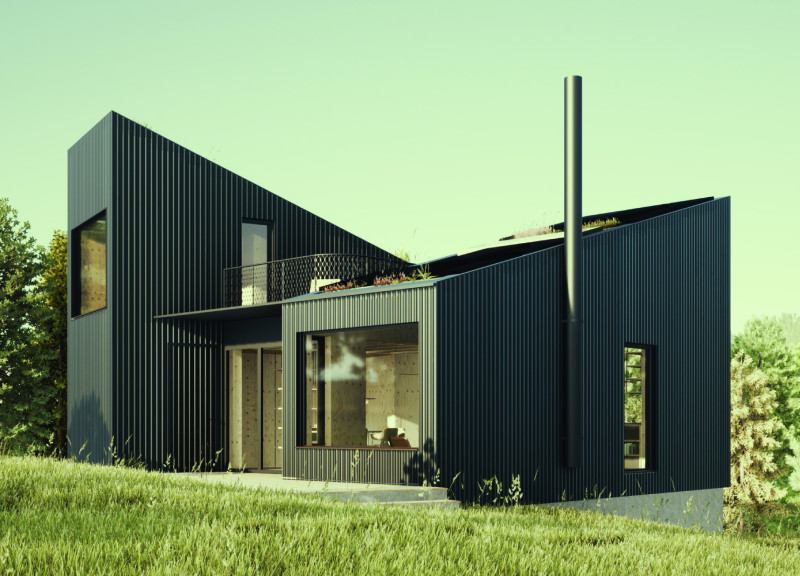5 key facts about this project
From the outset, the project illustrates a commitment to integrating architecture with its context. It embodies the essence of [specific architectural style or philosophy], promoting a thoughtful interaction between the interior and exterior spaces. The design encapsulates a core philosophy of sustainability, emphasizing the use of eco-friendly materials and energy-efficient systems to reduce the building’s carbon footprint.
The exterior of the project features a carefully curated façade that balances modern aesthetics with functionality. Utilizing materials such as high-performance glass and reclaimed wood, the architecture creates an inviting atmosphere while ensuring durability. The glass elements not only enhance natural light penetration within the structure but also promote views of the surrounding landscape, fostering a connection with nature. Reclaimed wood adds warmth and a tactile quality, creating a comforting environment for users.
The layout encompasses a flexible floor plan that allows for versatile use of space. Open common areas are designed to encourage interaction among visitors, promoting a sense of community and collaboration. Each zone within the project is purposefully articulated, ensuring that functional areas—such as workspaces, meeting rooms, and social hubs—are accessible and adequately support the intended activities. This intentional organization reflects an understanding of the modern architectural trend toward multifunctionality, maximizing the usability of every square meter.
Unique design approaches are evident throughout the project, particularly in its incorporation of natural elements. The integration of indoor gardens and green walls not only improves air quality but also enhances aesthetic appeal, creating tranquil environments that counterbalance the fast-paced nature of urban life. Such features exemplify a broader movement in architecture towards biophilic design, which seeks to establish a deeper connection between people and nature within built environments.
In terms of technological innovation, the project leverages smart building systems to enhance energy efficiency and user comfort. Automated climate control, advanced lighting solutions, and renewable energy sources are seamlessly integrated, allowing for a responsive architecture that adapts to the needs of its occupants. This level of technological integration not only optimizes energy usage but also aligns with the overarching goal of sustainability at the core of the design.
Additionally, the project’s relationship with its surroundings is noteworthy. Strategic positioning on the site facilitates optimal sunlight exposure and passive heating, contributing to energy efficiency throughout the year. The landscape design complements the architecture, featuring native plant species that require minimal irrigation and maintenance, reinforcing the commitment to sustainability.
As one explores the architectural plans, sections, and designs related to this project, they can gain a deeper understanding of the thought processes that drove the design choices. The project serves as a practical example of how modern architecture can address contemporary challenges, fostering a harmonious relationship between built and natural environments.
Visitors and architects alike are encouraged to delve deeper into the architectural details to fully appreciate the nuanced approach taken in this design. By examining the project presentation and considering the various architectural ideas at play, one can discover the full spectrum of innovation and care that underpins this well-crafted design.























